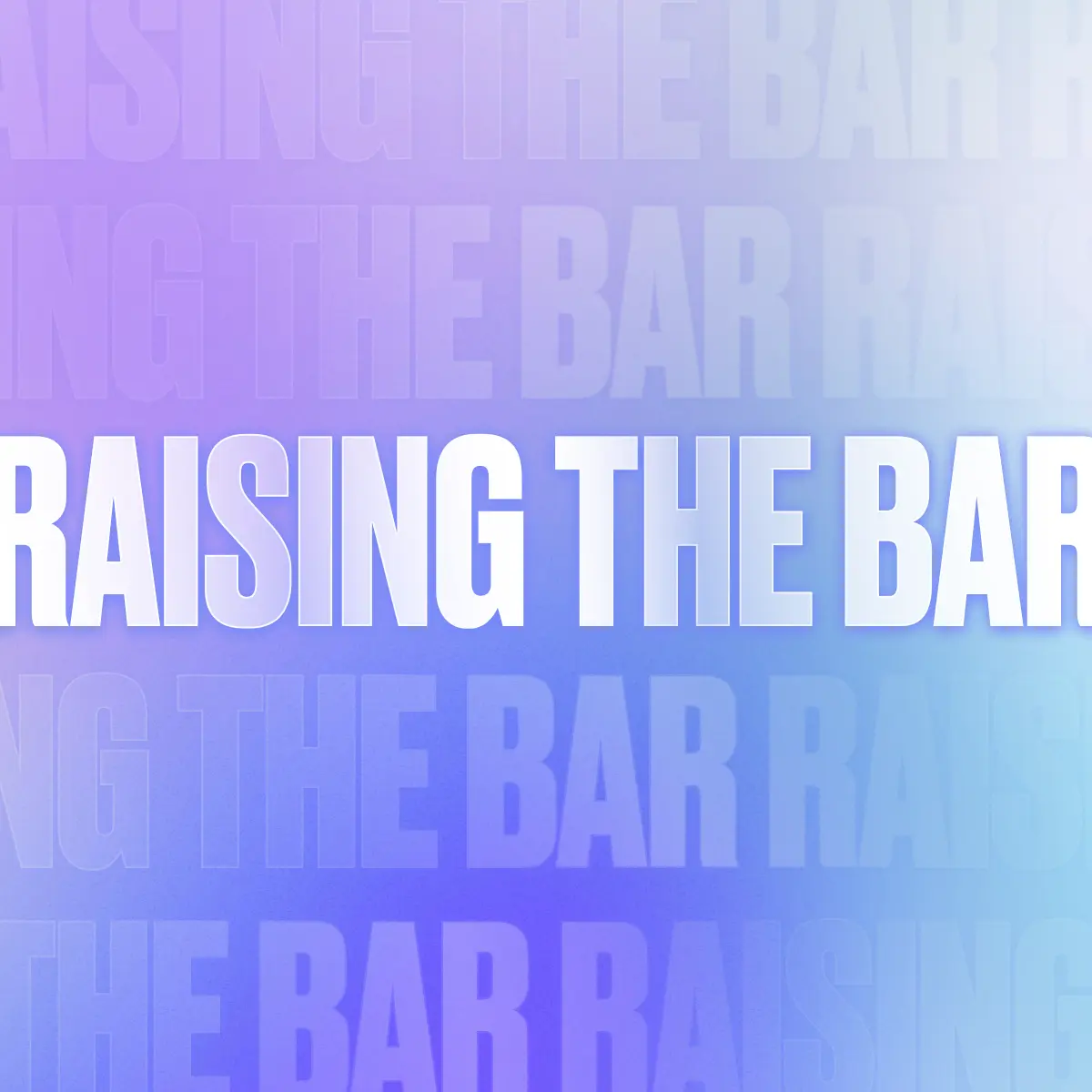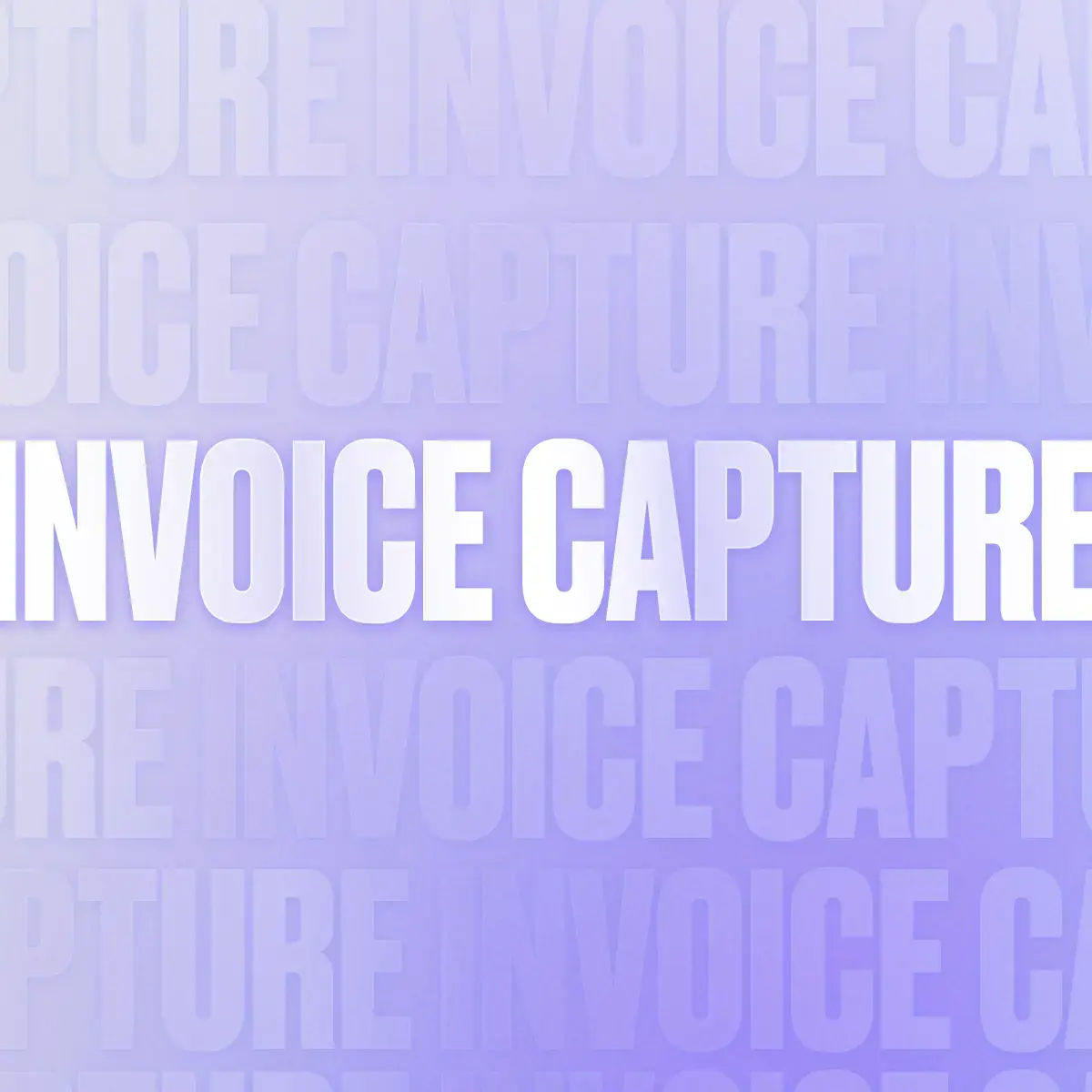If you’re learning about your options when it comes to sending money to individuals and businesses, domestically or internationally, two of the common options you’ll see are PayPal and Bank Transfers. These two methods of sending money are very different from each other, and it’s important to understand their differences so you can offer the right experience to your recipients.
The key topics covered in this article are:
- What is the difference between a bank account and a PayPal account?
- What is the speed of a bank transfer versus a PayPal transfer?
- What information do I need to send a bank transfer compared to a PayPal transfer?
- What is the cost structure of PayPal compared to Bank Transfers?
What is the difference between a bank account and a PayPal account?
When someone creates a PayPal account, they get a Digital Wallet (sometimes called an E-Wallet) account. Wallets are created to make it simpler for their owners to transact online. Most Wallets, including PayPal, can be linked to a credit card and/or bank account to allow the Wallet owner to add funds to their wallet from their bank account, or withdraw funds to their bank account.
A bank account typically allows the owner of that account to pay bills through the national bill payment system, allows seamless transfers between checking (current) accounts and interest-earning savings accounts, allows banking services such a bank-checks (certified checks) to be created against the account, allows pre-authorized debit transactions to be set up to pay for things like utilities and rent, and gives the owner access to cash withdrawals and deposits from a wide variety of ATMs globally. These features are not available to most PayPal (or other wallet) account holders.
Of course, PayPal allows account holders to withdraw funds to their linked bank account. This process takes 3-5 business (or longer in some countries). If the business or person being paid is going to withdraw their PayPal balance to their bank account, it’s worth considering if transferring directly to their bank account is more ideal.
What is the speed of a bank transfer versus a PayPal transfer?
PayPal’s transactions are instant between PayPal accounts, keeping in mind the limitations of PayPal accounts for day-to-day financial needs.
Bank transfers depend on the sending / receiving country, as well as the service provider being used to send the money.
The following are examples of transfer times using Trolley. Within North America, transfers are typically next business day, although real-time payment options are becoming increasingly available. See our article about ACH payments for more information on this topic.
Within Europe, most of Trolley’s clients have access to instant payments, when sending EUR to EUR.
When sending payments cross-border, payments usually arrive within 1 or 2 business days, but can take as long as 3-5 business days for exotic countries and currencies, where we have to use the SWIFT wire network.
To accurately compare PayPal’s speed to Bank Transfers, it’s important to take into account the time it takes to withdraw money from a PayPal account to a bank account, and possibly the time it takes to fund a PayPal account before sending the funds.
What information do I need to send a bank transfer compared to a PayPal transfer?
To send money to someone using PayPal, all that is needed is an email address. If the email address is associated with an active PayPal account, the money will be deposited immediately. If the email address is not associated with an active PayPal account, PayPal will send an email to that address to invite them to create a PayPal account.
It’s important to note that according to independent research, about 58% of US people have a PayPal account, but only about 3.6% of the world’s population have a PayPal account.
To open a PayPal account and be able to use it, users have to provide their Legal Name, Address, and link a credit card, debit card, or bank account. Occasionally, PayPal will also require documents as Proof of Name, Date of Birth, and Residential Address.
In contrast, according to data from World Bank released in 2014, 62% of the world population over 15 years of age had a bank account. In the same study, 92% of the adult population in OECD high-income countries had bank accounts.
To send a bank transfer with Trolley, you need to collect the recipient type (business or individual), first name & last name (or business name), street address, and local banking details. Local banking details vary by country, so we’ve created an easy white-label form to help you collect the right information, no matter where the recipient is.
What is the cost structure of sending business payments with PayPal compared to Bank Transfers?
PayPal’s fees depend on where your business is located. In the US, you can use PayPal Payouts or Mass Payments. The fees for sending mass payouts from your business account to someone in the US are 2% up to 1.00 USD (see all currency fees here). If sending to non-US PayPal accounts, the fees will be 20.00 USD. PayPal will also charge a 2.5% conversion fee if it has to convert the sent funds to a different currency.
PayPal accounts can be connected to Trolley, so PayPal payments can be initiated and tracked from Trolley. We charge no additional fees for this. On top of PayPal payments, we also give recipients the choice of getting paid directly to their bank accounts.
The fees for sending money depends on which country it’s being sent to, and where our merchant is located. All of our transaction fees are flat (non-percentage), and we have no setup fees, or contracts. Full details of our pricing can be seen on our pricing page.
Still have questions? We’re happy to answer them! Reach out to sales and we’ll get back to you right away!







